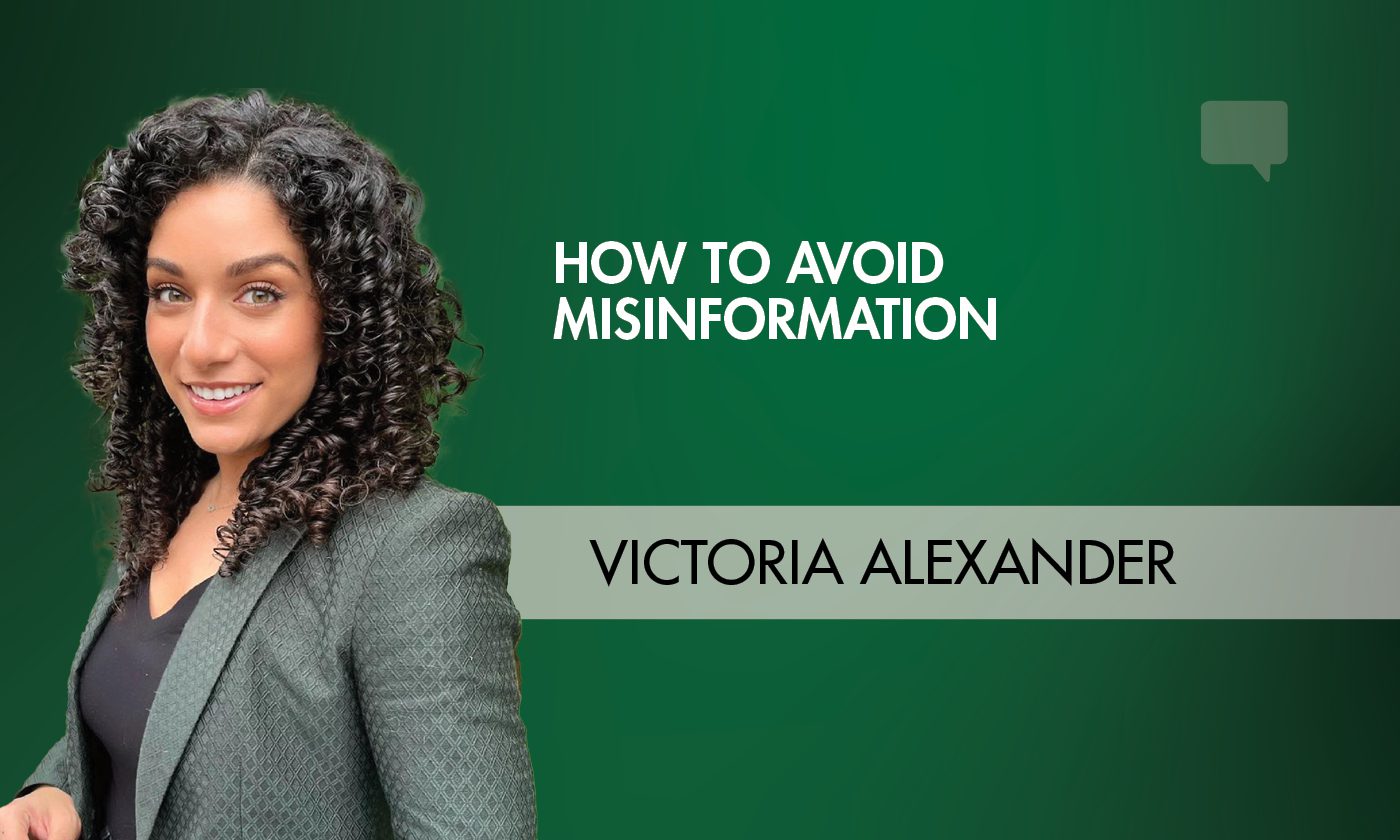
How to Avoid Misinformation
We all know about misinformation and disinformation but a term I learned recently is malinformation. Let’s review:
Misinformation is false or wrong information that is shared unintentionally without the intent to harm. It would be misinformation if you didn’t know something was wrong but you repeated it anyway.
Disinformation is false information that is shared with the intention to deceive. If you knew something was untrue but you shared it anyway that would be disinformation.
Malinformation is information that’s true or at least partially based in fact but is taken completely out of its context in order to harm, deceive, or manipulate.
Mal mis and disinformation (collectively lumped under the general term misinformation) are used to create an information ecosystem where it is difficult to know what to believe anymore. At times like this it is crucial we be better prepared to recognize, challenge, and correct misinformation. Here’s how:
Ask Who, What, Where, When, Why, and How:
We all know about “who, what, when, where, why, and how” right? We can use these simple words to try to get at the root of the truth. When we hear information that we should check up on before we repeat it we can ask: Who is sharing this information? Where did they get their information? Why are they sharing this now and to whom? What are their motives? How do they benefit? When are they choosing to share this information? Whatare their sources? A healthy bit of skepticism is incredibly helpful in these trying times.
Look it Up and Stay Balanced:
When in doubt it is always helpful to hop online and look up the topic using a variety of sources. Make sure to be cautious of the search terms you use as search engines use the prompt you create to find your results. For example: If I look up “do apples taste good” I use a positive lean and the results I get include lists of the best apples and why apple slices taste much better than biting an apple. If I search “do apples taste bad” I use a negative lean and the results include articles on bitter apples, the worst kinds of apples, and rotting apples. If my search prompt is neutral, like “what do apples taste like,” the results include a balance of lists of apples from sweet to tart as well as discussions of why apples taste like dirt. Balanced.
Slow Down:
Social media and news media can often sensationalize titles to garner attention or outrage and lead to more shares. When we take the time to read an article completely or more deeply look into a topic we may realize that the attention-grabbing headline was misleading or taken out of context.
Use Your Eyes to See AI:
Images generated using Artificial Intelligence (AI) can be incredibly convincing and misleading. Some easy ways to notice AI is to 1) Look at the hands. AI can sometimes add extra hands, arms, and fingers to people that shouldn’t be there. 2) Look at the teeth. Same as with hands and fingers, AI often has a hard time with teeth and may include too many or too little teeth in someone’s smile. 3) Zoom in. Sometimes AI isn’t great with small details. A room with no doors, a mirror with no reflection, shadows going in inconsistent directions, or floating objects can be a great indication that an image isn’t real. 4) Does this look too airbrushed or cartoonish? AI can be very convincing but often has a cartoonish or too-perfect appearance.
Use Fact Checkers:
Even with these tips it can be challenging and time-consuming to remain vigilant against misinformation. Stories, videos, images, and facts can often be looked up using online fact checkers that will compare a variety of sources for you to try to determine validity The Washington Post’s Fact Checker, and PolitiFact both offer fact-checkers.
